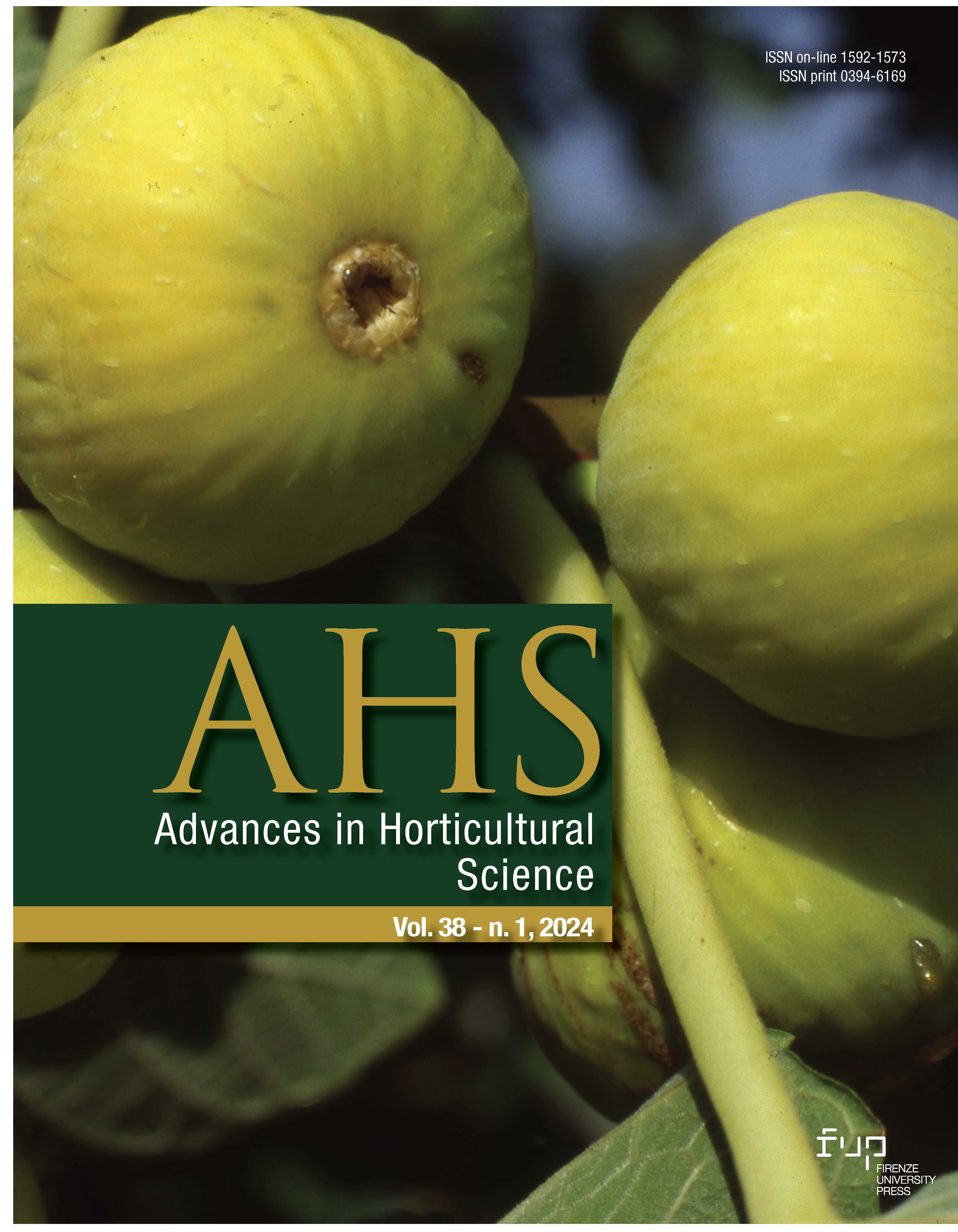In vitro salt stress tolerance of ‘Sahand’ cultivar grafted on two wild almond rootstocks: An evaluation of physiological and biochemical traits between rootstocks
Published 2024-04-04
Keywords
- Keywords: Antioxidant enzymes, glycine betaine, grafting combination, proline
How to Cite
Copyright (c) 2024 Akhtar Shekafandeh, Mehri Asadi Zargh Abad

This work is licensed under a Creative Commons Attribution 4.0 International License.
Abstract
The low salinity tolerance of almond cultivars can cause a significant setback in almond production. Therefore, selecting suitable cultivars and rootstocks in salinity-affected areas can facilitate sustainable crop production. In this research, the effects of two wild almond species, Badamkohiand Arjan as rootstocks on the salinity tolerance of ‘Sahand’ as a scion were investigated through in vitro culture. A factorial experiment of 2 (species) × 4 (levels of salinity) was conducted in a completely randomized design (CRD) with 4 replications. The results showed that ‘Sahand’ grafted on Badamkohi had the higher fresh and dry weight than grafted on Arjan in all level of salinity. The Na+ and Cl- ions contents inthe shoots and root of both micrografting combinations increased with increasing salinity. However, their amount in the shoot and the root of ‘Sahand’/Arjan plants were significantly higher than those ions in ‘Sahand’/Badamkohi plants at 80 and 120 mM NaCl. The amount of total chlorophyll in ‘Sahand’ grafted on Badamkohi was 0.68 mg g-1 FW which was significantly higher than the total chlorophyll of the same scion grafted on Arjan rootstock (0.51 mg g-1 FW) at 120 mM NaCl. The highest leaf cell electrical leakage occurred in ‘Sahand’ grafted on Arjan which was significantly higher than leaf electrical leakage of the same scion grafted on Badamkohi at 120 mM NaCl. The grafting combination of ‘Sahand’/Badamkohi showed a higher proline and glycine betaine content, compared to the grafting combination of ‘Sahand’/Arjan. The shoot and root antioxidant enzyme activities (SOD, POX and CAT) in micrografting combination of ‘Sahand’/ Badamkohi were also significantly higher than those in ‘Sahand’/Arjan. It can be concluded that ‘Sahand/Badamkohi combination is a suitable choice for the regions with late spring frost and saline conditions.





